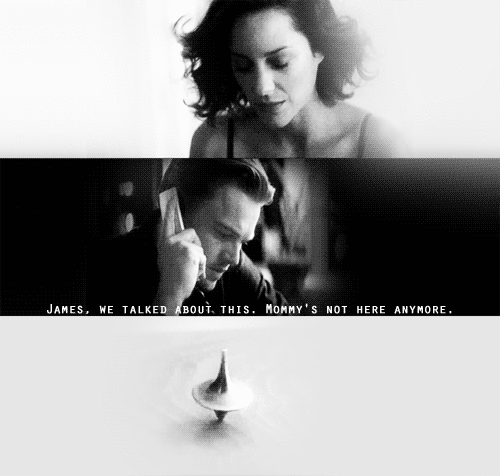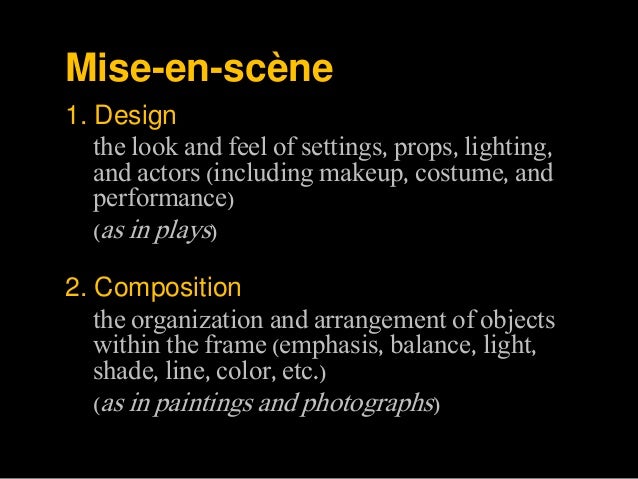Response to Film: Man with a Movie Camera
Dzigo vertov, born and brought up in Russia was an artist that changed the inside of cinematics. He strongly believed in making a change and was passionate that his techniques and styles he produced would create a new era of art for the years to come of movie making. He focused on being different capturing the essence of raw city life as it is through his well-known film “Man with a Movie Camera”
“I am the Cine-Eye. I am the mechanical eye. The machine shows you the world as only I can see it.”, Vertov expressing cameras as the mechanical eye of humans.
A modernistic experiment silent documentary of Dziga Vertov filmed to explore the work ethic of Russia and its natural state of a soviet lifestyle telling the story of an audience being told the story of a modern soviet city. The film was based on a Avant Garde style introducing innovative techniques such as jump cuts, dutch angles, stop motion animation slow motion, superimpersion, split screen and montage to show that the camera is larger than life. Creating a catalogue of editing tricks, a radical unorthodox take on culture and society. Vertov created a realistic approach on a movie embedding the cultural aspects of an everyday life of Russia.
Vertov states, “The film drama is the opium of the people…down with bourgeois fairy-tale scenarios…long live life as it is!” As the majority of films in Vertov’s period had been based on storylines, premade decisions, casts and scenery. Vertov believed film was stuck in an endless cycle of formulated cinematics that needed to be broken; he worked with a film maker movement called Kinoks in 1920. A style of movie making that aims on capturing and exposing what can only be seen through a mechanical eye rejecting all staged cinema which rejects sets, actors or predetermined story lines, in favour of capturing real life recreating a story about filmmaking. He disregarded traditional continuity editing replacing it with his theory of rhythmic montage. He shows comparisons between blinking and contracting lenses to show the meaning of Kino- eye known as cinematic eye. His curiosity to showcase life in an authentic realistic approach proved to be the more effective choice in terms of techniques.
Vertov showed us new ways to the world through his experiments of editing and special effects. Self-awareness was an element of Vertov’s movie, using the technique of cinematic metaphors to emphasize the objective truth of life. Vertov’s innovative methods of film making caused a lot of controversy within the cinematic making fields. He aimed to change cinema into a universal art form that could speak to people of any country regardless of language or cultural background. However, his work did not go to waste as his undoubtable masterpiece has inspired many generations of filmmaking. He portrays a faultless worker society using montage the film makes a connection between people machines and film making creating a visual language. Man with a camera allows the audience to interpret the movie in their own narrative and understanding of life and the raw insight of a mechanical eye.
The cuts between the videos and pictures I used to portray the stops and pauses in daily life that lets the audience admire nature in life taking the audience through the experience of reality. Analysing “the man with a camera” I understood that Vertov travelled to five different cities to create the illusion and visual concept of how a city is seen, using this technique I have contrasted visuals of places in London and scenery from Sri Lanka to show the complex and simple visuals whilst comparing and contrasting the imperfections of life. The movie can show a story through its unconventional life. I have tried to portray this aspect through the visual aspect of the colour changes and distorted clips to express the chaos within the life of others. Using Dutch angles to convey the mirroring of simple and chaotic lifestyles and natural and man main produced lives within natural habits. As Vertov uses the remarkable effects of jump cuts to show the city life and people. I have adopted the theme of jump cuts focusing on the ideology of scenery, the effects on people and the effects it creates on human emotion, creating the links between emotions and natural scenery. I chose the use of slow motion and time lapse effects to emphasize the being of every little detail in a video so that the audience can analyse and contain detailed understanding of movement and character.
https://www.goodreads.com/author/quotes/204978.Dziga_Vertov
1929: Man With a Movie Camera (Dziga Vertov)
Inception

![Inception – [FILMGRAB]](https://film-grab.com/wp-content/uploads/2012/10/216.jpg)









Experimenting with Sound : Nolanism in Tamil Culture
Inception (Original)
Bahubali sequence edited with Inception BGM
Tenet 2020 (Original)
Edited : Documentary Film featuring Liberation Tigers of Tamil Eelam battling – Tenet BGM
I really like the outcome of both edited sequences as the soundtrack suits the environment. I wanted to see if Hans Zimmer style music will enhance deep battle sequences that happened in Sri Lanka and I must say I am surprised and pretty impressed by the composition. The atmospheric sounds are muted , they will impact sequences more.
Colour



Adding Tenet Cyan to Thalapathi 1991 film




POV
POV for Audience
Mise en Scene

